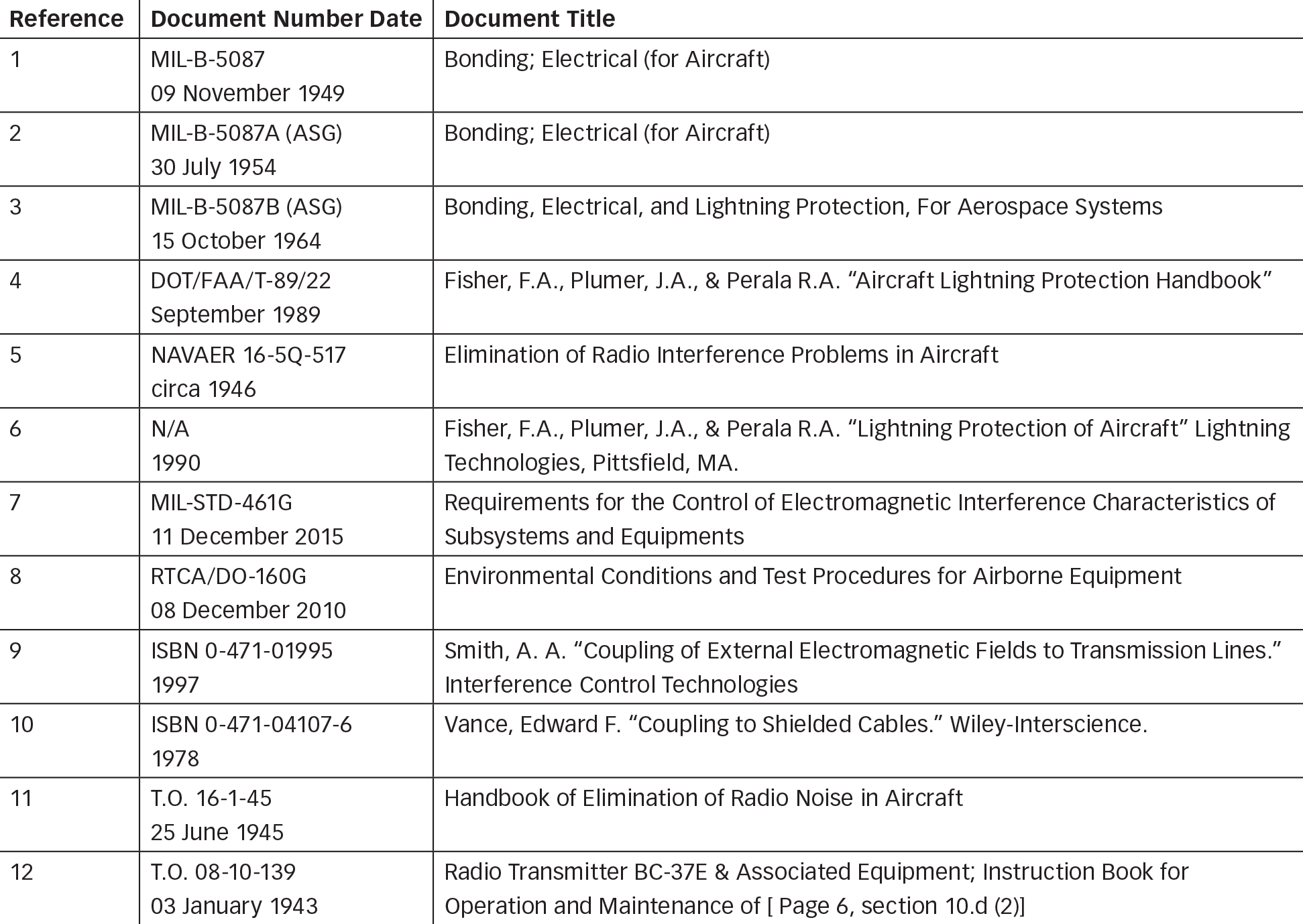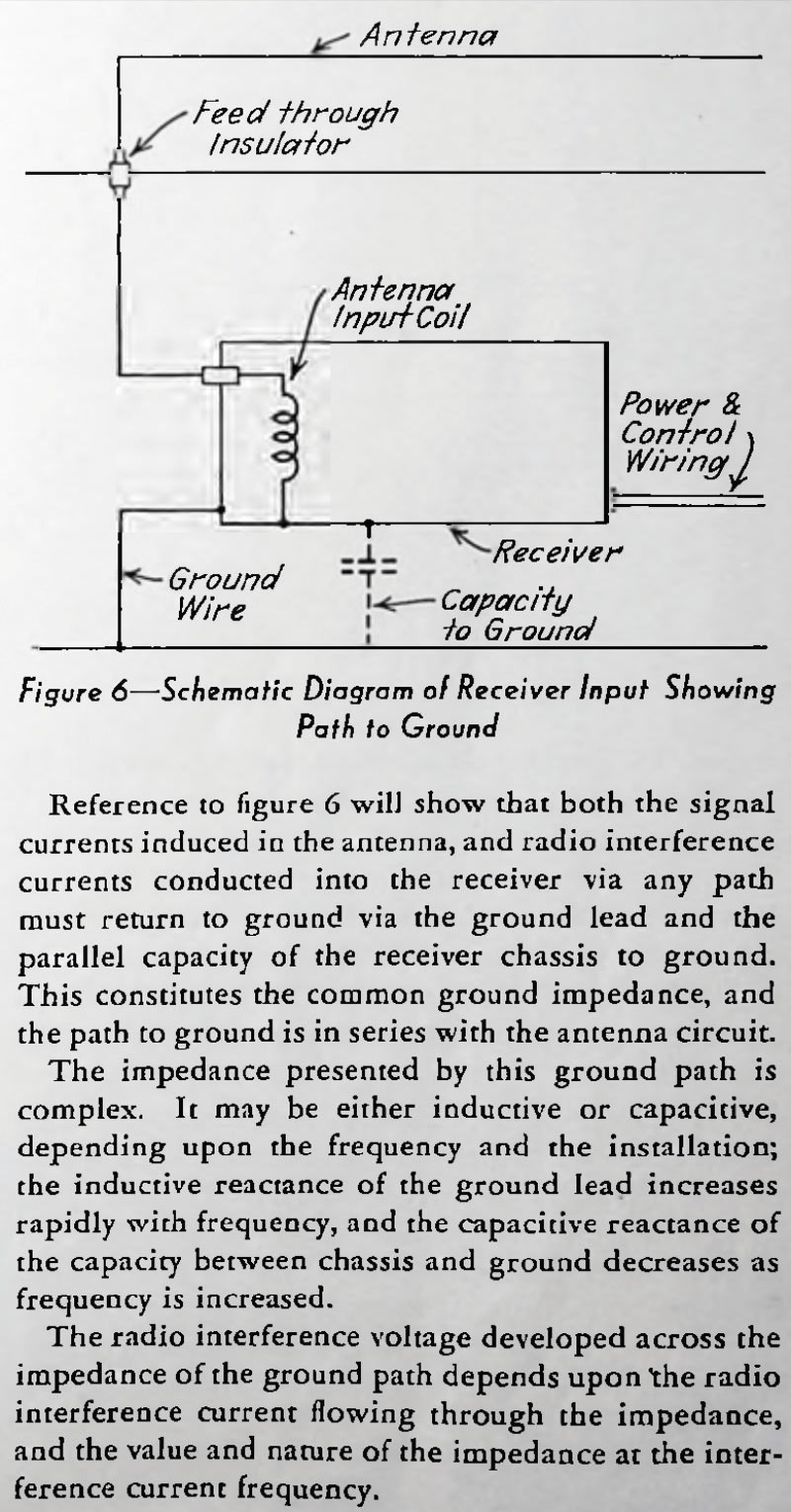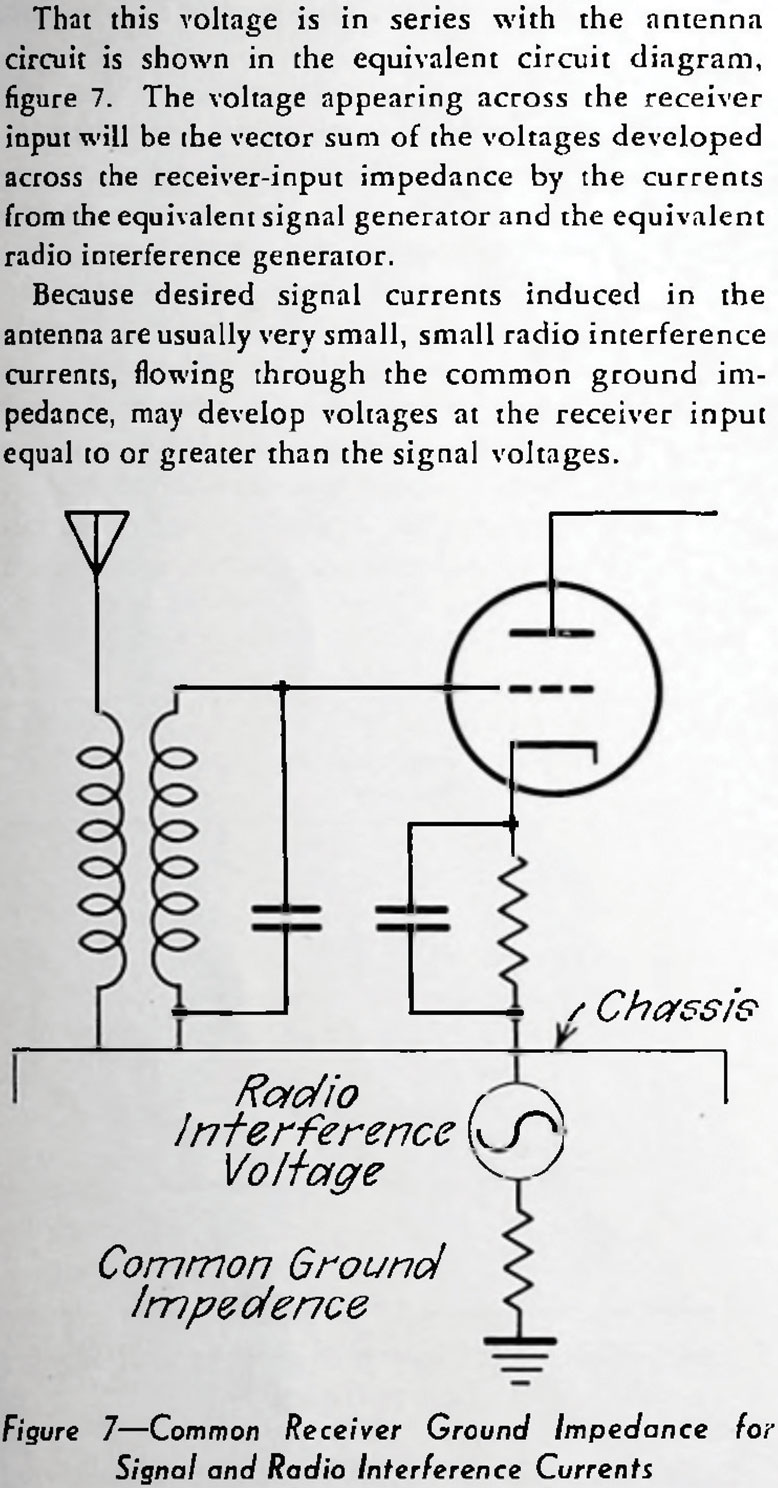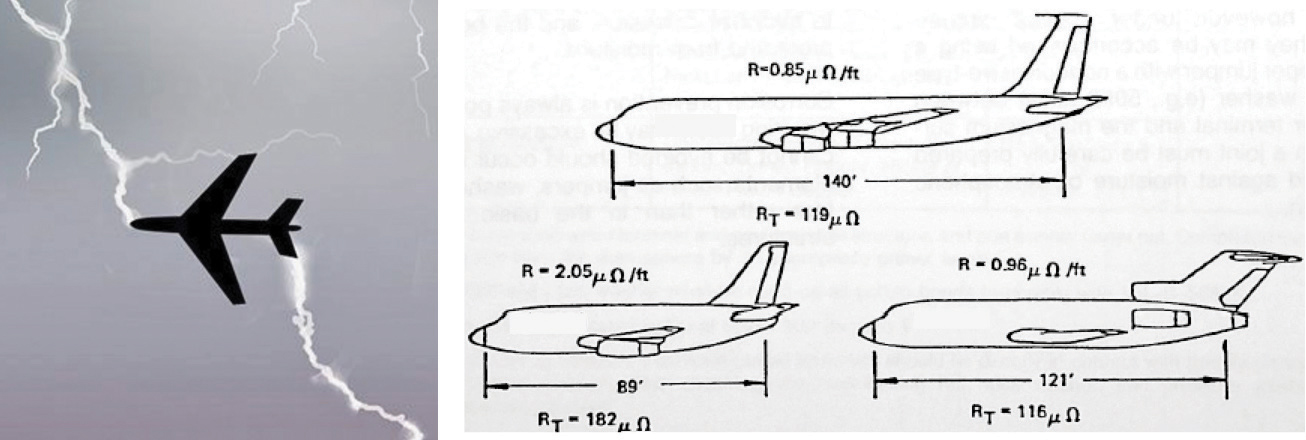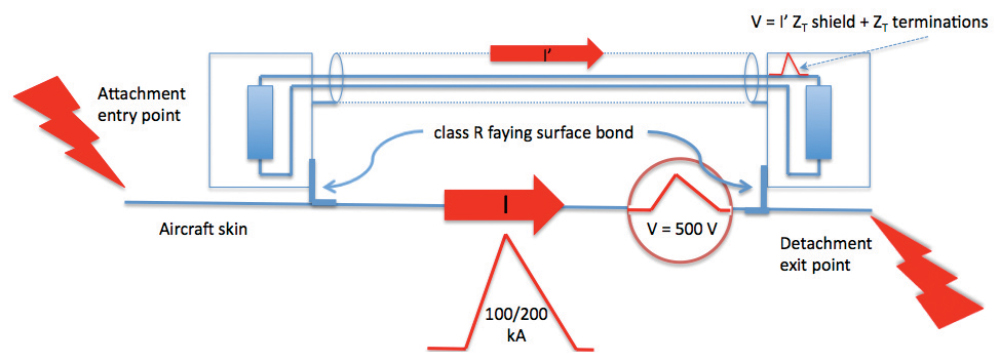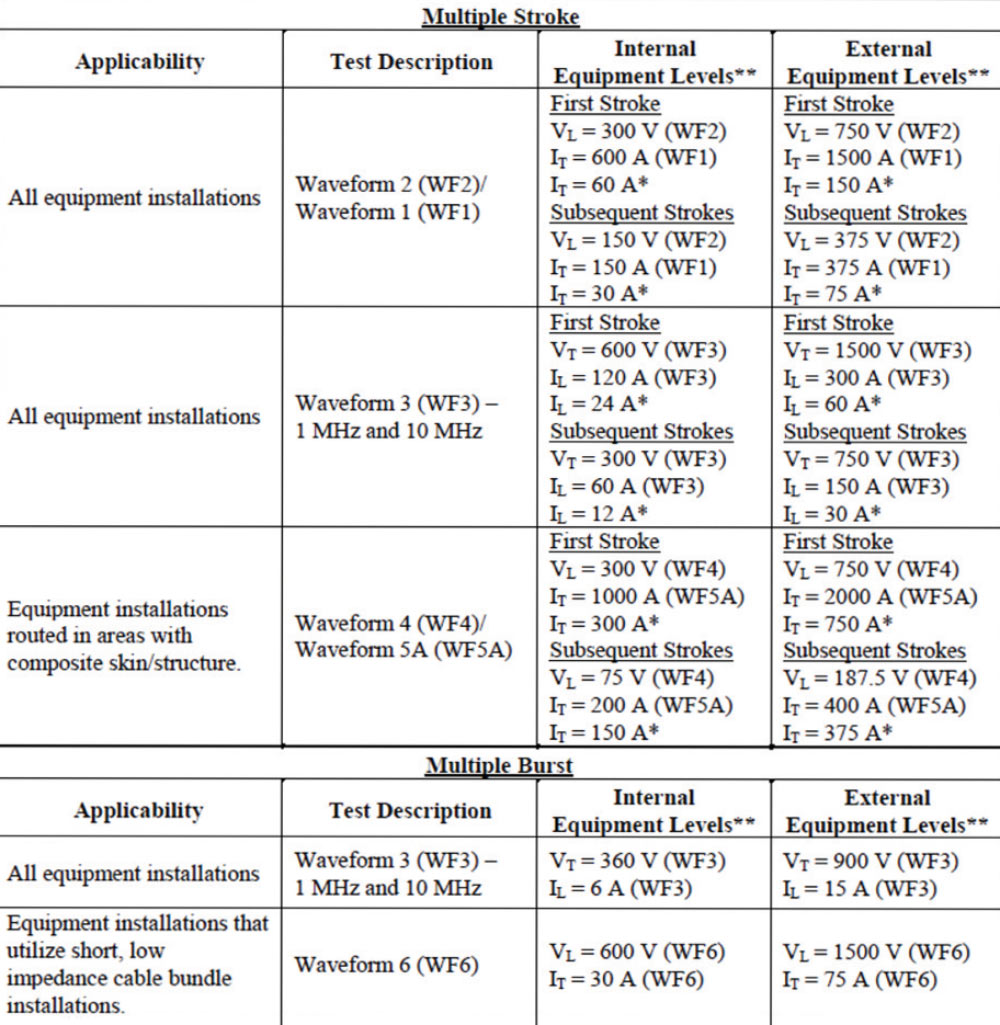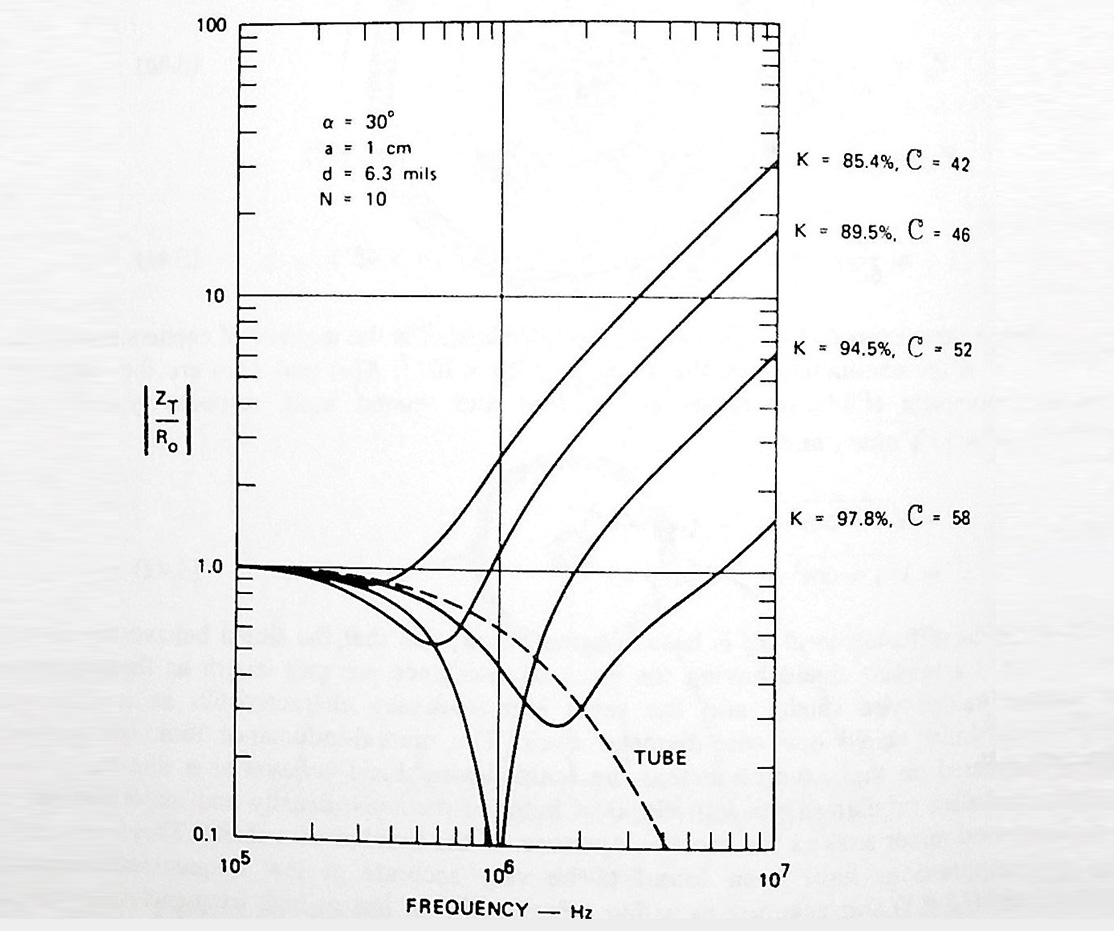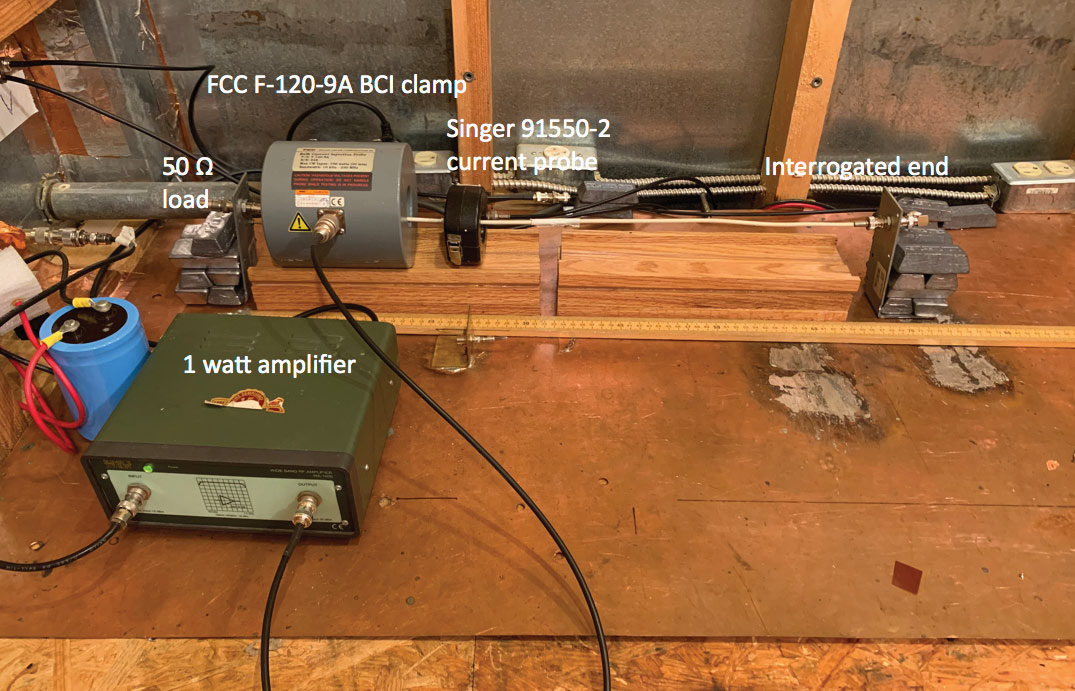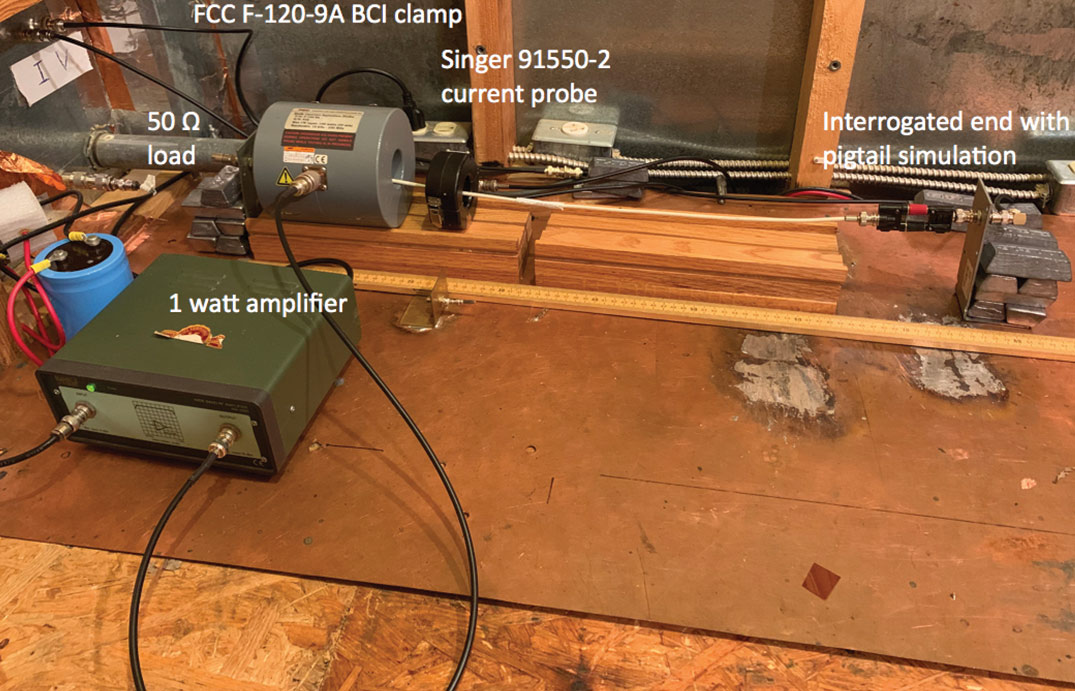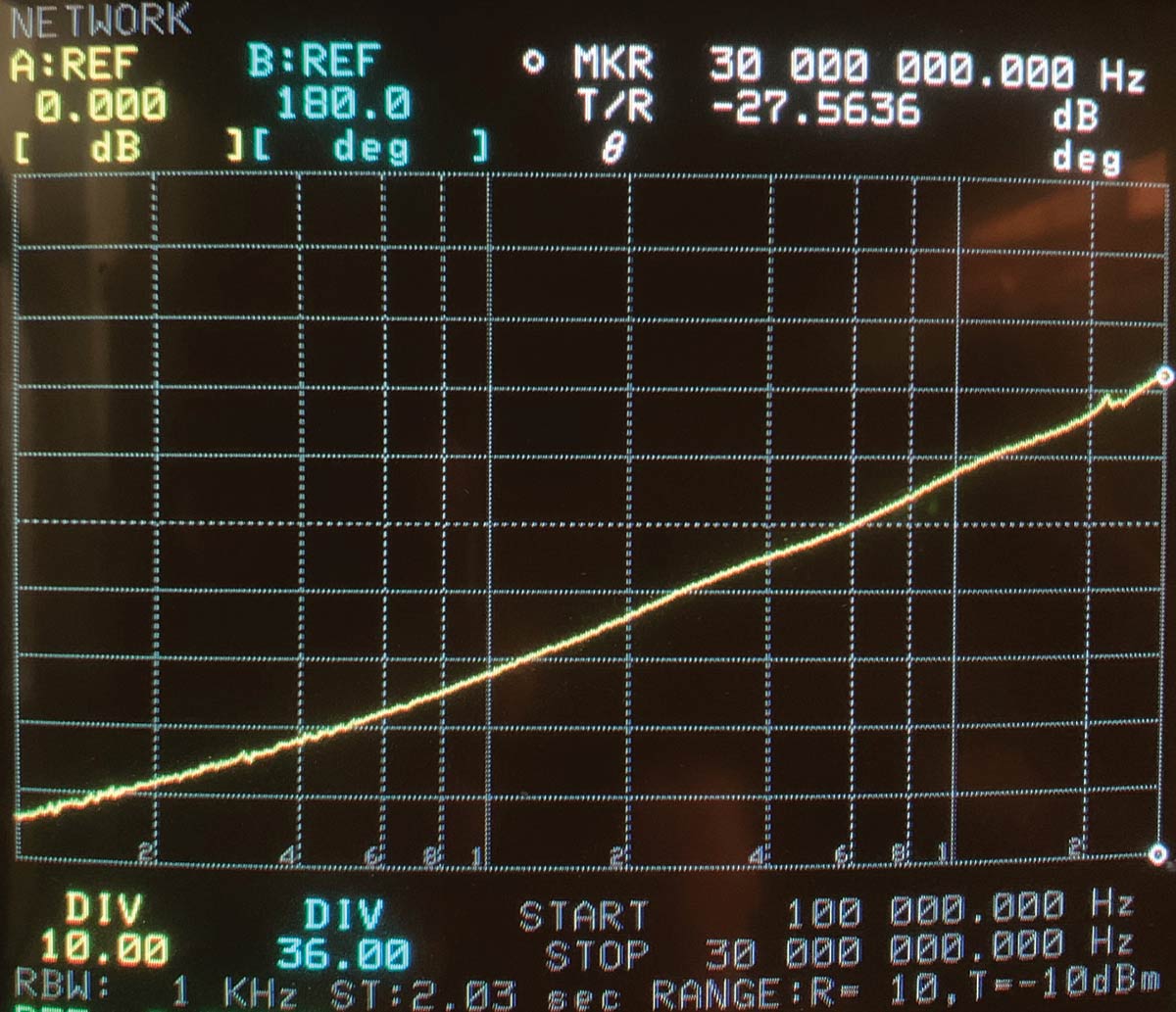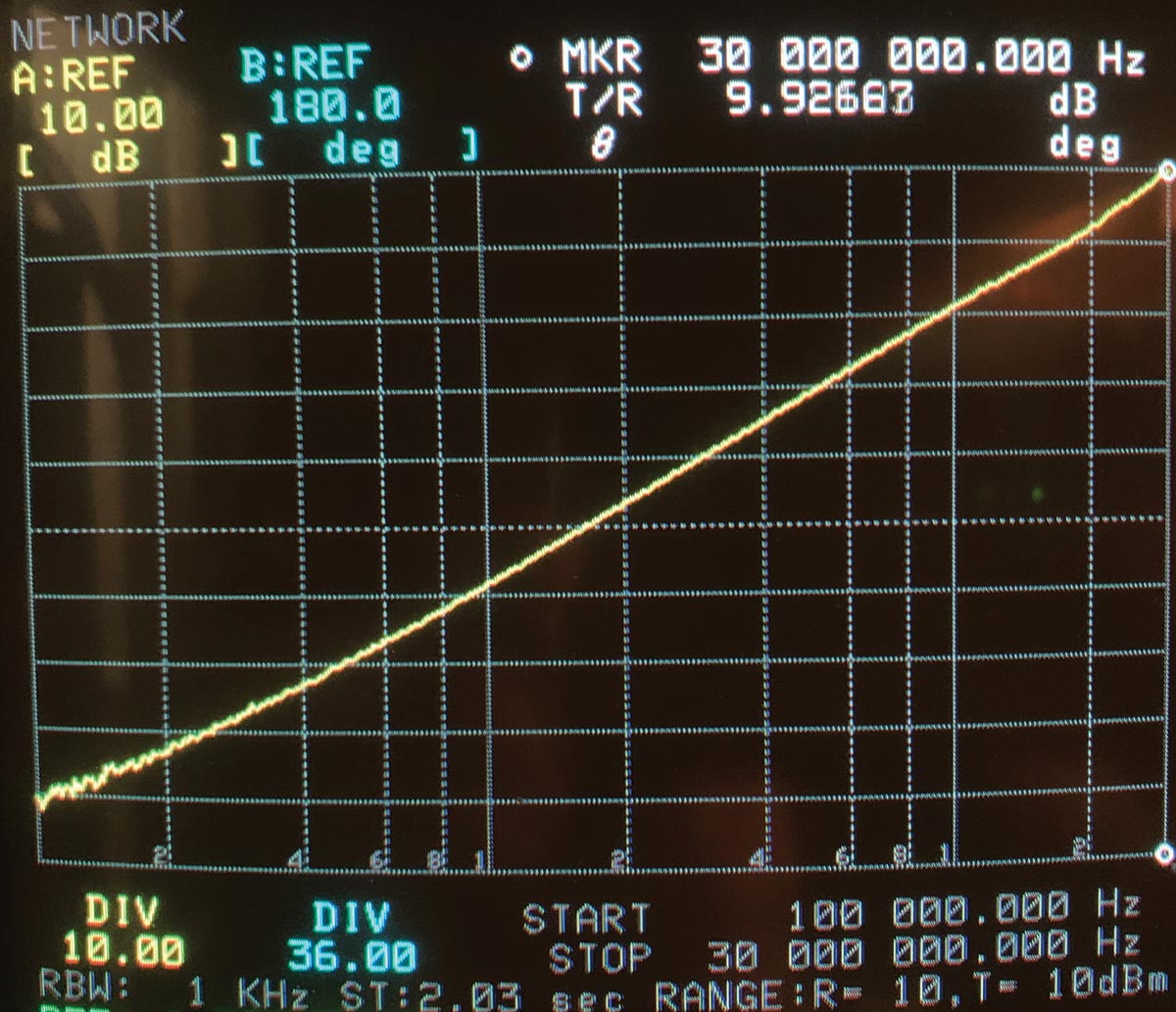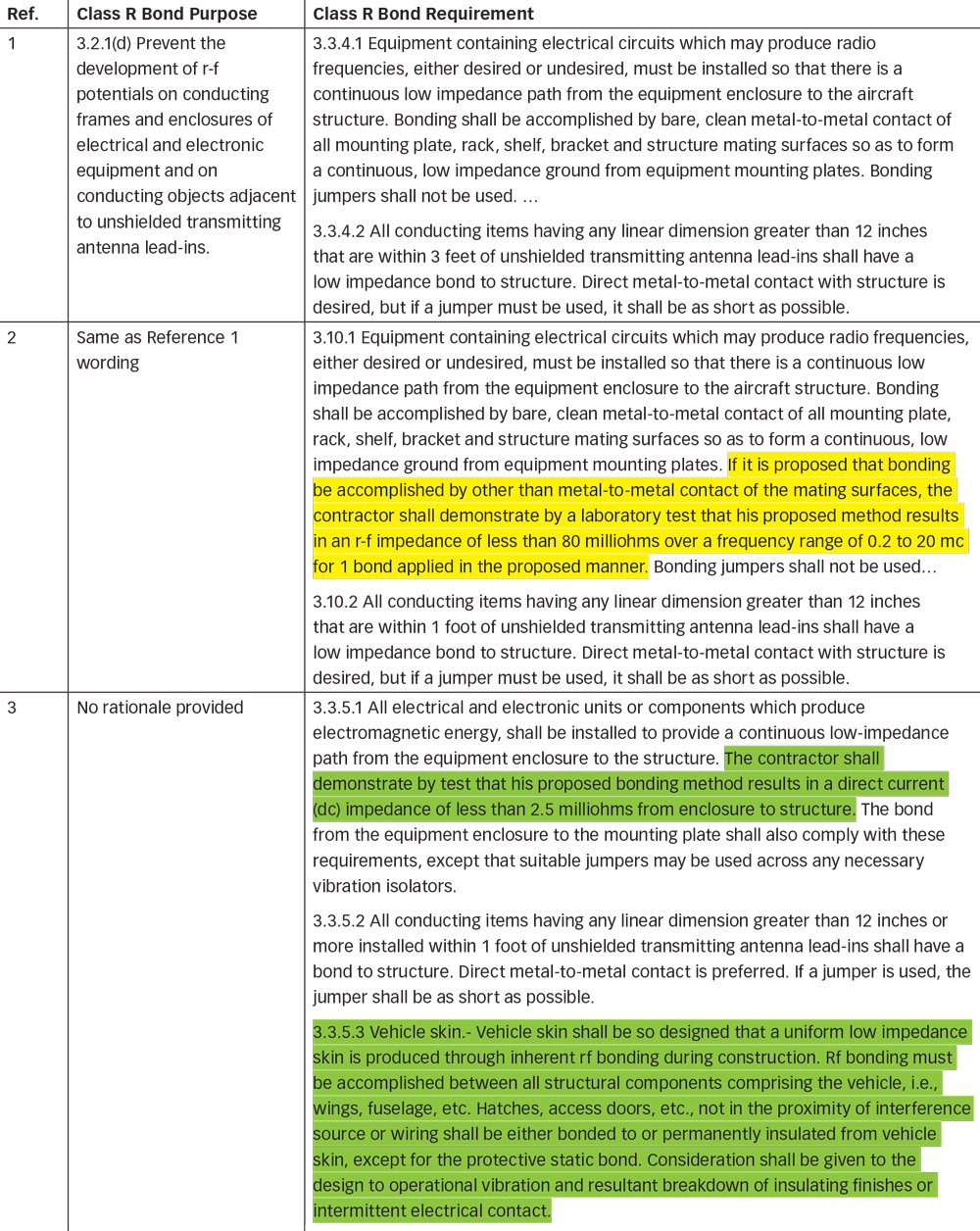
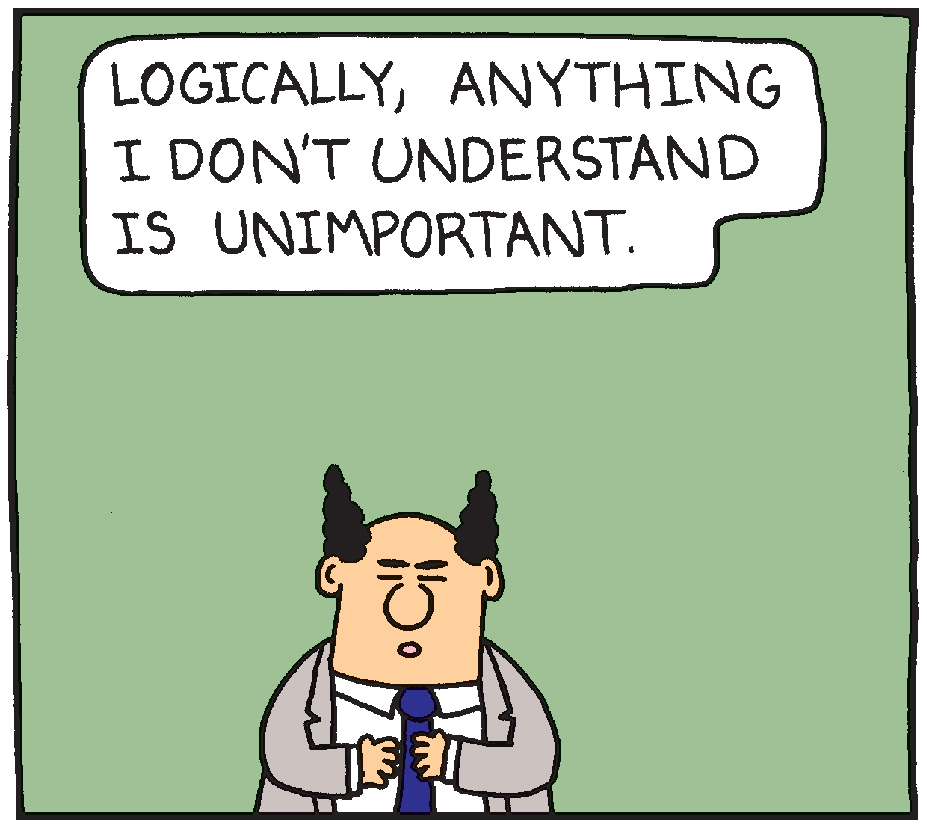
he report on which this article is based was put together for internal government use some time ago. But the continued relevance of the information contained in that report recently became apparent when a discussion group on LinkedIn variously labeled the subject matter requirement (2.5 milliohm bond) mysterious, obsolete, “black magic,” and ultimately, unnecessary. Apparently, the LinkedIn contributors had little or no idea of the historical context of the requirement and evoked, for this author, the quintessential “Dilbert” moment shown here.
The author was also reminded of a famous observation by Arthur C. Clarke, which is paraphrased as follows:
“Any sufficiently obscure technology is indistinguishable from black magic.”
To help provide some context for their discussion and in an effort to curb the all-too-frequent instinct to “move fast and break things,” the author posted this report to the LinkedIn group, along with the following advice, which applies regardless of your field of endeavor, engineering or otherwise.
“A rule of thumb for handling the ‘mystery of engineering’ is that a lack of understanding is not a condemnation of the misunderstood. Every engineering principle that has made it into a lasting standard had validity at some time. Whether or not it applies in a particular situation depends on the relationship of the problem at hand to the original problem addressed by the requirement.
“Until the original application is fully understood, one has no basis for judging the applicability to any specific case.
“In the broadest possible terms, reality exists independent of our perception and understanding. Sir Francis Bacon said some 500 years ago that ‘Nature, to be commanded, must be obeyed.’ The author’s corollary to that is ‘Nature, to be obeyed, must be understood’.”
With that introduction and background, the following report presents everything one needs to know about the origin and application of the 2.5 milliohm electrical bonding requirement.
Reference 1, section 3.3.1, says the rationale for their detailed lightning requirements is:
“…to achieve a lightning bonding system such that a lightning discharge current may be carried between any two extremities of the aircraft without risk of damaging flight controls or of producing voltages within the aircraft in excess of 500 volts. (These requirements are based on a lightning current surge which reaches a crest wave of 100,000 amperes at 10 microseconds and drops to 50,000 amperes at 20 microseconds.)”
This requirement is unchanged in Reference 2 and is equivalent to maintaining 5 milliohms resistance. Reference 3, section 3.3.4, has similar wording, but note the change in assumed worst-case lightning attachment (resulting in a 2.5 mΩ requirement):
“…to achieve protection against a lightning discharge current carried between the extremities of an airborne vehicle without risk of damaging flight controls or of producing sparking or voltages within the vehicle in excess of 500 volts. These requirements are based on a lightning current waveform of 200,000 amperes peak, a width of 5 to 10 microseconds at the 90-percent point, not less than 20 microseconds width at the 50-percent point, and a rate of rise of at least 100,000 amperes per microseconds (sic).”
The significance of the 500-volt number is explained in Reference 4, section 6.2.5, as follows: “Such a voltage did not present much of a hazard to the electromechanical and vacuum tube components in use when MIL-B-5087B was formulated.” It should be emphasized that the 500-volt number goes back to References 1 and 2 in 1949/1954, when relays and vacuum tubes were the building blocks of electronic circuits on aircraft.
The need to limit the structure potential drop to 500 volts is because aircraft at that time used structure not only for power current return but also for signal current return. In the 1940s and 1950s, even the most sensitive signals – those picked up by an antenna and conducted to a radio receiver on an unshielded (no coax) wire – might use structure return. Thus, any noise on structure is in series with the desired signal, as depicted conceptually in Figure 1.
Note that there is no need for any special bond provisions to structure in the circuit of Figure 1, other than that required to make the circuit function in and of itself. Imposing a class R bond does nothing to improve functionality under any circumstances of radiated susceptibility or ground plane noise, such as ground bounce or a lightning transient.
The practical application of the conceptual Figure 1 in the time period when References 1 and 2 were written and applicable is shown in Figures 2a and 2b (taken from Reference 5). These Figures show how noise couples into the receiver front end. Only in our case, it is lightning, whereas the Reference 5 discussion was about radio frequency interference.
We should also note that the several sub-paragraphs under the lightning bonding sections in the first three references never mention the requirement of bonding an electronic equipment enclosure to structure. Instead, the subsections deal with how to achieve suitably low bonding resistances to protect the 500‑volt value, and to ensure lightning currents flow in the intended bond paths. It is of critical importance to understand that this was the only lightning protection design technique of importance to electronic equipment at the time. It is something that References 4 and 6 don’t adequately describe
(photo from https://aviation.stackexchange.com/questions/888/what-happens-when-an-airplane-gets-struck-by-lightning)
On this topic, References 4 and 6, section 5.5.1, say in part (the important part is italicized):
“Defined lightning threat: AC 20-53 and MIL-B-5087 each defined the lightning threat as a 200 kiloampere (kA) peak current…
Both documents required tests of critical components, such as fuel tank skins, access panels, filler caps, antenna installations, and other “points of entry” on the aircraft. No attention was given to the effects of currents conducted through interior structures or systems, or to indirect effects of lightning on electrical and avionics systems. These latter effects were not well understood during this period.”
It is misleading to say, “These latter effects were not well understood during this period.” The only (indirect, resistive coupling) effect on a circuit using structure return was the transient ground potential, which the lightning resistance requirement limited to the target 500-volt potential. They understood what needed to be done, and they did it. The modern techniques of dedicated above ground returns and cable shielding discussed in the next section of this report were not in widespread use, and therefore there were no other indirect effects requiring control. It should be noted that class R bonding was specified, even though it would not have helped the types of circuits shown in Figures 1 and 2. There was some use of coax and EMI filtering. More on this in the next section.
Therefore, we can say that the (implied) 2.5 mΩ class L lightning requirement was the original lightning indirect effects requirement. There are plenty of other class L requirements in each of References 1 – 3 that control direct effects directly, especially fuel ignition.
When using dedicated above ground signal returns, a lightning transient will couple a potential/current onto an entire cable harness. If that harness is shielded, only that potential that couples within due to shield transfer impedance will be seen to be in series with the signal.
So, the use of dedicated returns and shields places two ameliorating conditions at our disposal. The first is that the full lightning current isn’t induced across our signal return. The effect of this can be seen looking at Reference 7 CS1171 transient levels, as compared to the full threat aircraft strike of 200 kA. The very highest induced current is 2 kA.
If we compare Figure 4 to Figure 1, the same lightning attachment to the aircraft skin is present, and the same induced GPI. But that doesn’t matter as much anymore because the ground bounce is not directly in series with the above ground circuit. The ground bounce neither interferes with nor can damage the circuit components. A smaller current per Table VII from Reference 7 (Table 2 on page 28) has coupled to the cable shield and induces a line-to-ground potential which is the cable drive current multiplied by the shield transfer impedance in series with shield termination impedances. As per Figures 5a and 5b, excerpted from References 9 and 10, shield transfer impedance in the lightning spectrum can be worst-case bounded by shield dc resistance, so milliohms per meter. It now becomes critical to control the shield termination impedance, which is comprised of two series impedances: 1) the shield through the connector to the equipment enclosure; and 2) from the equipment enclosure to structure.
The actual effect of increasing the impedance versus the dc resistance is illustrated by a simple transfer impedance measurement.
In Figures 6a and 6b on page 30, the transfer impedance of the white 50 Ω coax was measured using its bnc connectors, and then inserting at the interrogated end a pair of bnc-to-banana adapters to simulate a shield pigtail termination. In this case, the dc resistance of the plug and jack adapters is at least as low as that of an equal length of braided shield. The difference measured is in the impedance of the termination.
Because class R bonds are somewhat indiscriminately specified and used, it is worthwhile to quote exact wording for this requirement in References 1–3, as tabulated in Table 3 at the end of this report on page 32.
- The first two revisions express the rationale or purpose of the requirement. The final revision does not.
- MIL-B-5087A’s unique wording explains the rationale for the class R dc bond. It is clear that low rf impedance is the goal, and that the MIL-B-5087 2.5 milliohm value is a means to an end, not an end-in-itself. The 80-milliohm value is hard to fathom, since it is less than a nanohenry at 20 MHz, the upper end of the specified range. It is likely not coincidental that the range over which the bond impedance is specified is that of the Reference 12 WWII-era BC‑375 transmitter that was designed to drive a high impedance antenna through an open-wire lead-in to the antenna.
- The addition of the rf impedance verification might have been the first such instance, certainly not the last. This particular approach has been attempted to be inflicted on many programs over the years, including the International Space Station. It doesn’t end well. Very difficult to instrument in practice, the approaches of design in Reference 1 and dc measurement and design in Reference 3 work best, that is, the design is low impedance: faying surfaces, wide area to short length ratio bond topology.
- MIL-B-5087B is the only version to require a specific dc resistance (the now ubiquitous 2.5 milliohm requirement) for class R. This is the first place the value appears in any revision of MIL-B-5087, even though it was an end-to-end resistance requirement for lightning protection, but not so stated.
- It is often the case that a design looks good (faying surfaces) but doesn’t quite meet the 2.5 milliohm target. Values will range from just over to several tens of milliohms. There is always a desire to waive the discrepancy with an excuse to the effect that the real goal is low rf impedance of a few ohms and the design by inspection meets that. The danger here is that a metal-metal faying surface bond should easily come in under 2.5 milliohms and, if it doesn’t, a likely suspect is dirt, corrosion, or possibly inadequate etching away of paint or another surface contaminant. Long term, such impurities can contribute to bond degradation by allowing more impurities in (i.e., keeping the bond from being gas-tight), or galvanic action, especially combined with the bond not being gas tight.
- Similarly, bond meters come in different varieties. Those geared towards lightning verification often use quite high potentials, which can punch through a thin layer of insulating contamination and show a low resistance where a meter optimized for EMI work, with maximum potential of a few tens of millivolts, accurately records the behavior of the bond for EMI currents.
- MIL-B-5087B uniquely tries to make the aircraft skin a perfect ground plane and shield.
- The second paragraph in each version is in reference to the Reference 12 100 W rf transmitter that could output as much as 5000 V on an open wire antenna lead-in at a few hundred kilohertz; hence, capacitive coupling to nearby metal would have been an issue.
- Borrowed almost intact from Reference 8, section 22.

